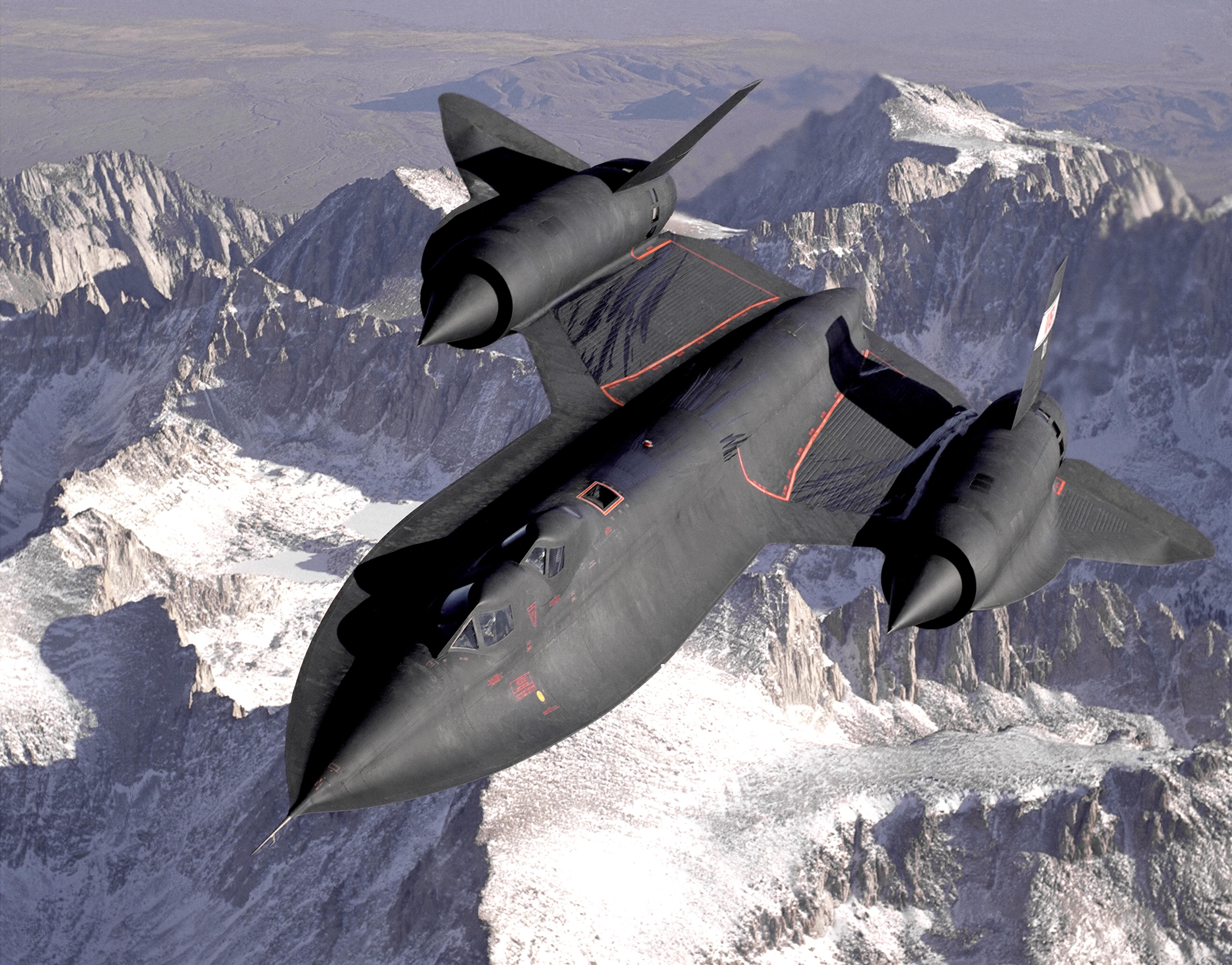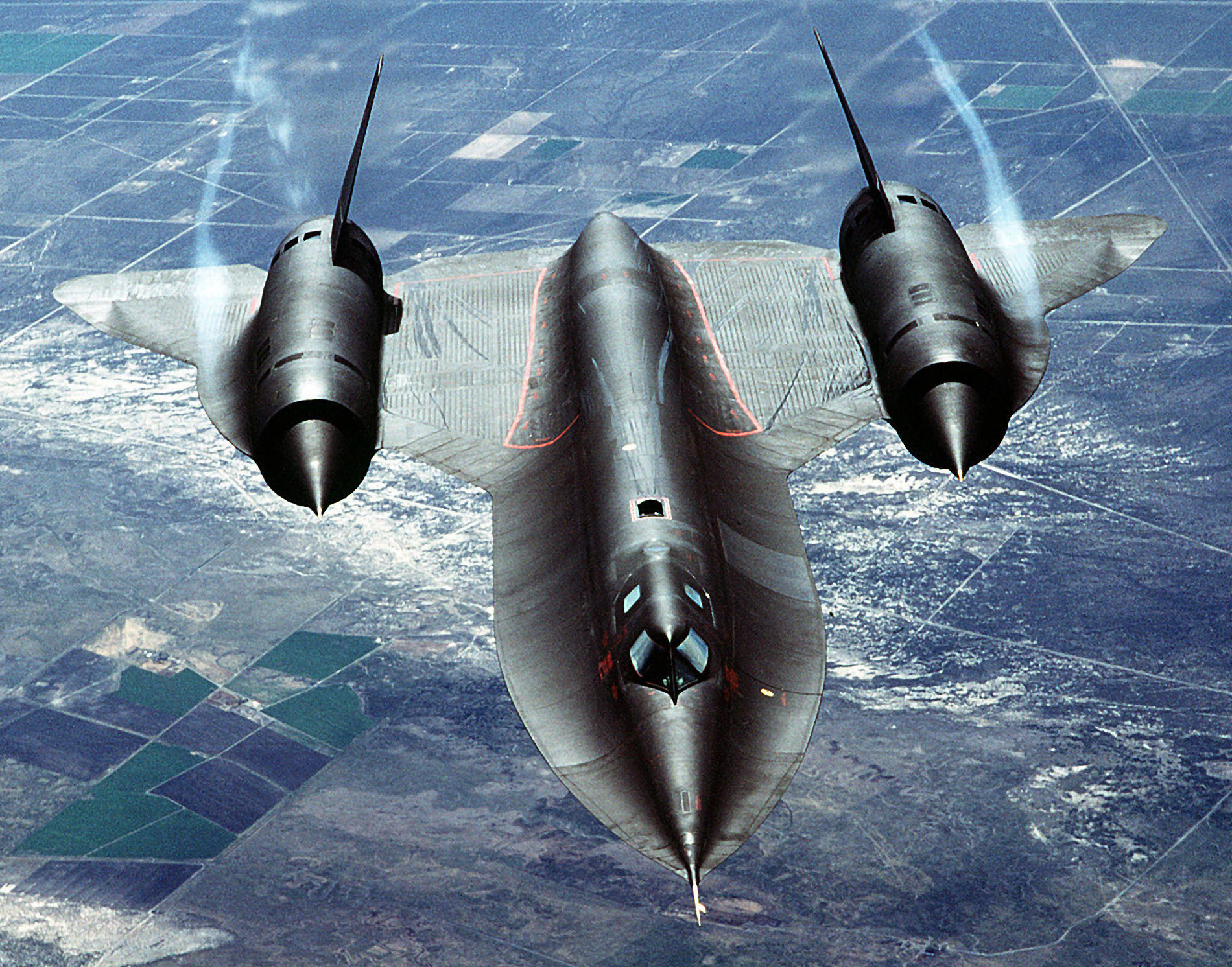The Russia-Ukraine war has the aerospace companies worried as it may disrupt the supply of titanium, a key mineral used in the manufacture of various components of modern aircraft.
“Policing The Moon” – US Looks To Develop An ‘Eye In The Sky’ That Can Patrol The Far Side Of The Lunar Surface
Kevin Michaels, managing director of AeroDynamic Advisory, a supply-chain consulting firm, has sounded an alarm by saying that Russian President Putin can shut down the commercial aerospace business if he chooses to do so.
VSMPO-AVISMA Corporation based in Verkhnyaya Salda, Russia, is the world’s largest titanium producer. It supplies 30-35% of the titanium used by the aviation sector globally. Aerospace giants such as Boeing and Airbus are heavily dependent on Russian titanium.
“It’s hard to get accurate numbers. According to The Air Current, they (VSMPO) provide 35% of Boeing’s titanium, 65% of Airbus, and 100% of Embraer,” said Michaels at a supplier conference in February.

In the 1950s, when the development of supersonic jets began, aerospace companies started using titanium alloys as the original aluminum steel structure could not meet the new demand.
The Lockheed SR-71 ‘Blackbird’
One of the most notable early applications of titanium was in the Lockheed SR-71 ‘Blackbird’ strategic reconnaissance aircraft, which was used extensively by the US spy agency CIA against the Soviet Union at the peak of the Cold War.
The CIA had earlier planned on using Lockheed’s U-2, a relatively slow single-jet engine high altitude reconnaissance aircraft for this purpose, relying on the flawed assessments that the Soviet radar and anti-aircraft missiles were ineffective at higher altitudes of more than 70,000 feet.
However, the U-2’s first flights over the USSR showed that Soviet radar could track the aircraft. The CIA realized that it was a matter of time before the U-2 would be unable to overfly the Soviet Union.
This later came to be true in May 1960, when US Air Force pilot Francis Gary Powers flying a U-2 deep inside the Soviet territory was shot down by S-75 Dvina (SA-2 “Guideline”) surface-to-air missile over Sverdlovsk (present-day Yekaterinburg).

Meanwhile, two years before the incident, the CIA began developing the SR-71 with the purpose of meeting two fundamental requirements – a low radar cross-section and a lot of speed!
CIA wanted the SR-71 to fly at Mach 3+ speed – more than 3 times the speed of sound – which was bound to produce a lot of kinetic heat. Also, the low radar cross-section meant the use of radar-absorbing composites at the pointy edges (or “chines”) of the plane’s fuselage, which also needed to be able to withstand extreme heat.
Aluminum could not be used because of its high surface temperatures. Steel was ruled out because of its weight — only low-weight material can ensure high speed. So, Lockheed chose Titanium for SR-71, as it is incredibly lighter yet stronger, and holds up to hotter temperatures, while allowing planes to fly faster.
Why Was Titanium Chosen
Titanium is as strong as steel but 45% lighter. It can be used as a structural material up to temperatures of roughly 1000 to 1150° F, whereas conventional aluminum alloys are only useful up to 350° F. It has also been found to have excellent corrosion and fatigue resistance.
However, titanium’s heat resistance which made it desirable for high-speed flight, also made it tremendously difficult to be machined into desired shapes. Even extracting titanium from raw materials and then handling it in its pure form is very difficult.
So, Lockheed had to develop ways of processing and handling the material. Even slight changes in the temperature and atmospheric conditions of its manufacturing sites could ruin entire batches of titanium.
The main challenge was getting enough quantities of Titanium needed for producing a total of 32 SR-71s. This was way back in the 1950s, when the US’ arch-rival, the Soviet Union, was also the primary source and a leading exporter of Titanium.
Ben Rich, Lockheed’s chief aerodynamicist for the SR-71, detailed how the company got the titanium it needed:

“Our supplier, Titanium Metals Corporation, had only limited reserves of the precious alloy, so the CIA conducted a worldwide search and using third parties and dummy companies, managed to unobtrusively purchase the base metal from one of the world’s leading exporters – the Soviet Union. The Russians never had an inkling of how they were actually contributing to the creation of the airplane being rushed into construction to spy on their homeland.”
Over time, the use of titanium in aviation has been growing with the newer aircraft designs increasingly relying on lightweight materials.
The new generation of US-made military aircraft such as F-22 Raptors and F-35 has been using increased amounts of titanium, especially after 2000. Titanium is also used for vehicle armor and frames, as well as naval vessel components.
Given its importance, the US government has designated titanium as one of the 35 items on its ‘Critical Mineral List’.
Meanwhile, a lot of the world’s titanium ore still comes from Russia, while other sources include China, Kazakhstan, and Japan.
- Written by Tanmay Kadam/EurAsian Times Desk
- Contact the author at etdesk@eurasiantimes.com
- Follow EurAsian Times on Google News




